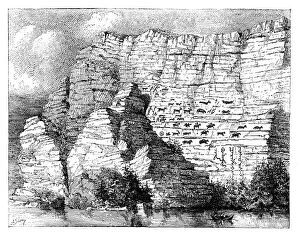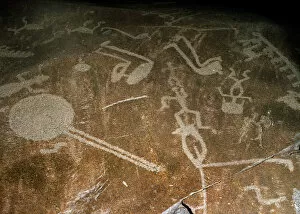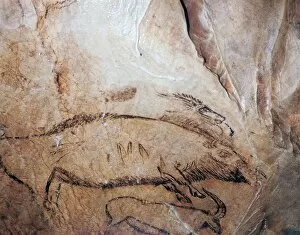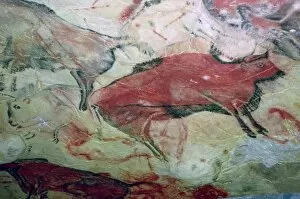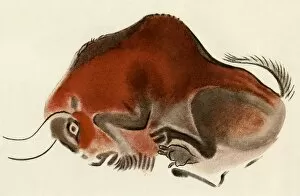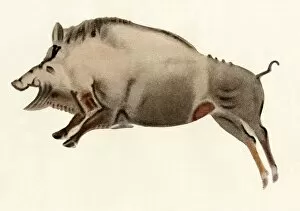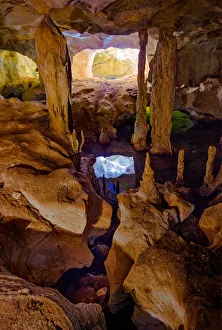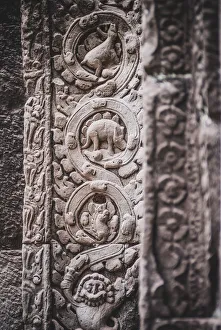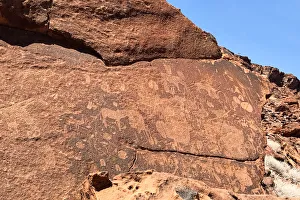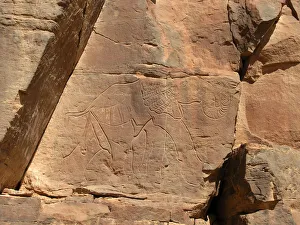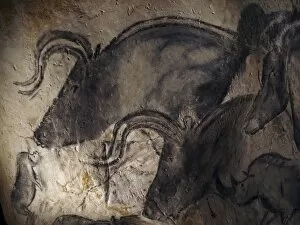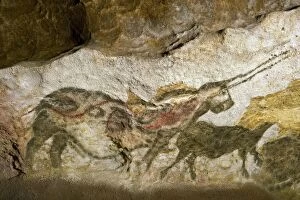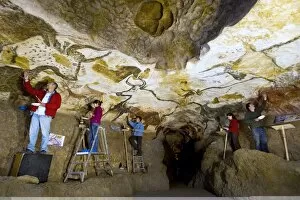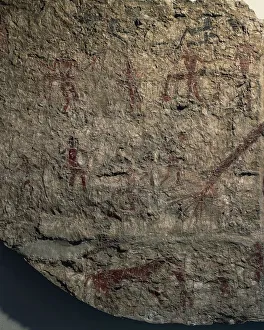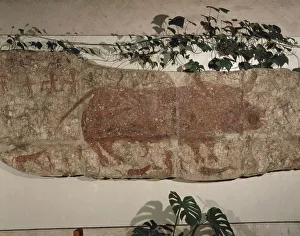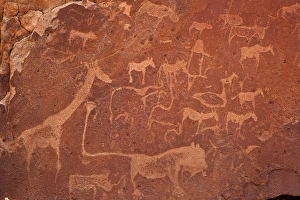Cave Painting Collection (page 3)
"Cave Painting: A Glimpse into the Ancient World" Step back in time and explore the captivating world of cave painting
All Professionally Made to Order for Quick Shipping
"Cave Painting: A Glimpse into the Ancient World" Step back in time and explore the captivating world of cave painting. From the intricate details of Lascaux II cave painting replica C013 / 7378 to the mesmerizing Stone-age cave paintings in Chauvet, France, these ancient artworks offer a window into our ancestors' lives. In Chauvet, France, stone-age artists left their mark on the walls with stunning depictions of animals and human figures. These masterpieces provide valuable insights into their culture and way of life. The Cave of Hands in Argentina showcases handprints that have endured for thousands of years, reminding us of our shared humanity across time. One cannot mention cave painting without acknowledging the renowned Lascaux cave paintings in Aquitaine, France. With its depiction of bulls and horses etched onto rock surfaces, this site has become an iconic symbol representing prehistoric artistry. The White Lady rock painting found in Maack's is another fascinating example that captivates archaeologists and enthusiasts alike. Its mysterious allure invites speculation about its meaning and purpose within ancient societies. As we delve deeper into history through these remarkable sites like UNESCO World Heritage Site Cueva de las Manos (Cave of Hands), we gain a profound appreciation for our ancestors' creativity and ingenuity. Their ability to convey stories through vivid imagery speaks volumes about their connection to nature and spirituality. Each stroke on these caves tells a story untold for centuries until rediscovered by modern explorers. They remind us that art transcends time; it is a universal language capable of bridging gaps between past civilizations and present-day observers. So let us marvel at these stone-age wonders from Chauvet to Lascaux as they continue to inspire awe and ignite curiosity within all who encounter them. Through their preservation efforts, we can cherish these glimpses into our collective human heritage forevermore.



